
The New Muzak – Reveille – 1969
Through The Eyes Of A Child (Un Jour, Un Enfant)
En El Rincon Del Alma
Sunshine Wine
Jennifer Jennings
Aquarius
Miniskirt
Johnny One Time
The River
Hooked On A Feeling
Cafe Melody
Boom Bang-A-Bang
I’m Livin’ In Shame
About This Release
The Artwork for Reveille: The assignment was to create a visual display that would capture the essence of MUZAK’s functional program in colors, forms, and values. After probing and interviewing MUZAK psychologists, musicologists and programmers, artist Ray Harrow succeeded in pinpointing two unique qualities that make MUZAK more than music-contemporary arrangements of internationally popular selections, and the functional ascending program. To represent MUZAK’s contemporary international sound, Harrow selected an up-to-date abstract format, and rendered it in oils. He was particularly cautious to avoid painting recognizable shapes. Instead, he took advantage of psychological findings that reveal how colors and shapes affect human behavior. He used these visual tools to evoke carefully calculated physiological and psychological effects, just as MUZAK uses sound.
For example, experiments have shown that people associate mood-tones with definite colors. Psychologist Lois B. Wexner found that exciting or stimulating moods remind many of us of red. On the other hand, calm, peaceful, serene, or soothing moods suggest green and blue. Thus the red tones which dominate this painting not only suggest contemporaneity, but symbolize the music’s stimulating psychological effect on listeners. Since MUZAK programs selections into a rising or ascending order-gradually increasing musical stimulation to offset sagging performance-the left side of the painting begins with more muted colors that suggest calmer moods. As the program continues, toward the right side of the painting, the rising red figure depicts progressively livelier music. These lighter and brighter colors mirror the program’s greater stimulation value. Steeper vertical strokes-and even the painting’s “focus”-are keyed to MUZAK’s exclusive ascending program.
The program begins with soft, fuzzy strokes, progressing smoothly to a sharper, almost crystalline quality as the program gains in stimulation value. The composition is entitled “Reveille” because it visualizes the wake-up sound of the “New MUZAK”-bright, stimulating, and contemporary, with emphasis on variety, to combat today’s ever-increasing boredom, tension, and fatigue. Reproduced on the other side is the finished painting-actually, a miniature visually-programmed environment, paralleling MUZAK’s psychologically programmed environment of sound. Ray Harrow’s painting is a capsule definition of the science of MUZAK-functional art, to show you how functional music by MUZAK creates an environment conducive to efficiency and productivity.

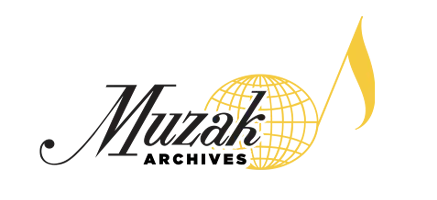
 The Best of Muzak Christmas
The Best of Muzak Christmas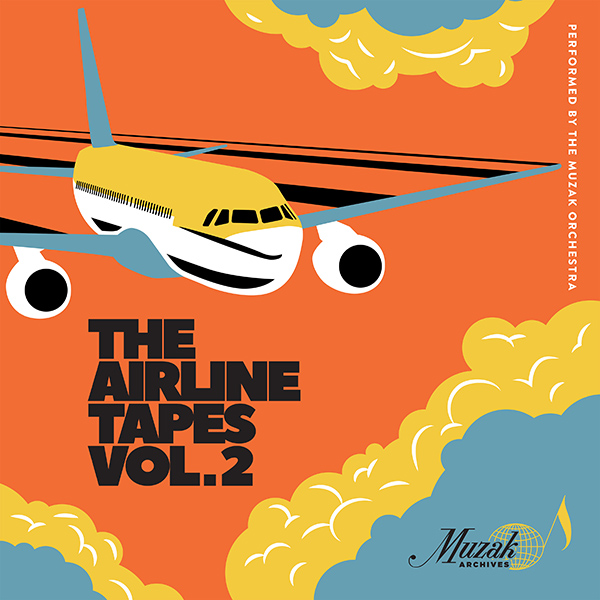 The Airline Tapes, Vol. 2
The Airline Tapes, Vol. 2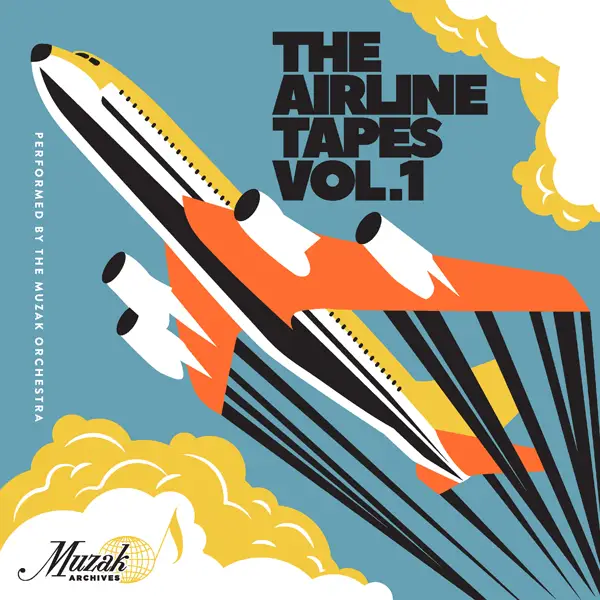 Airline Tapes Vol. 1
Airline Tapes Vol. 1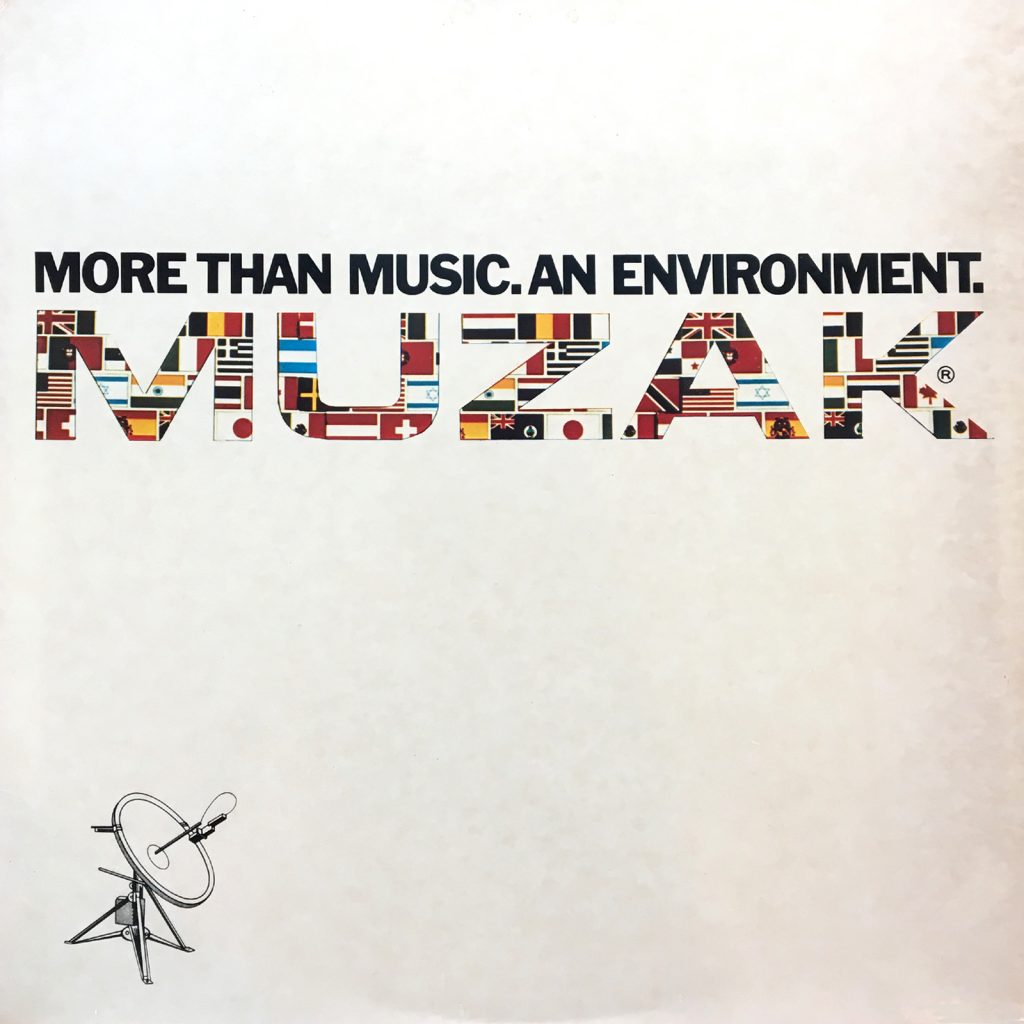 More Than Music. An Environment.
More Than Music. An Environment.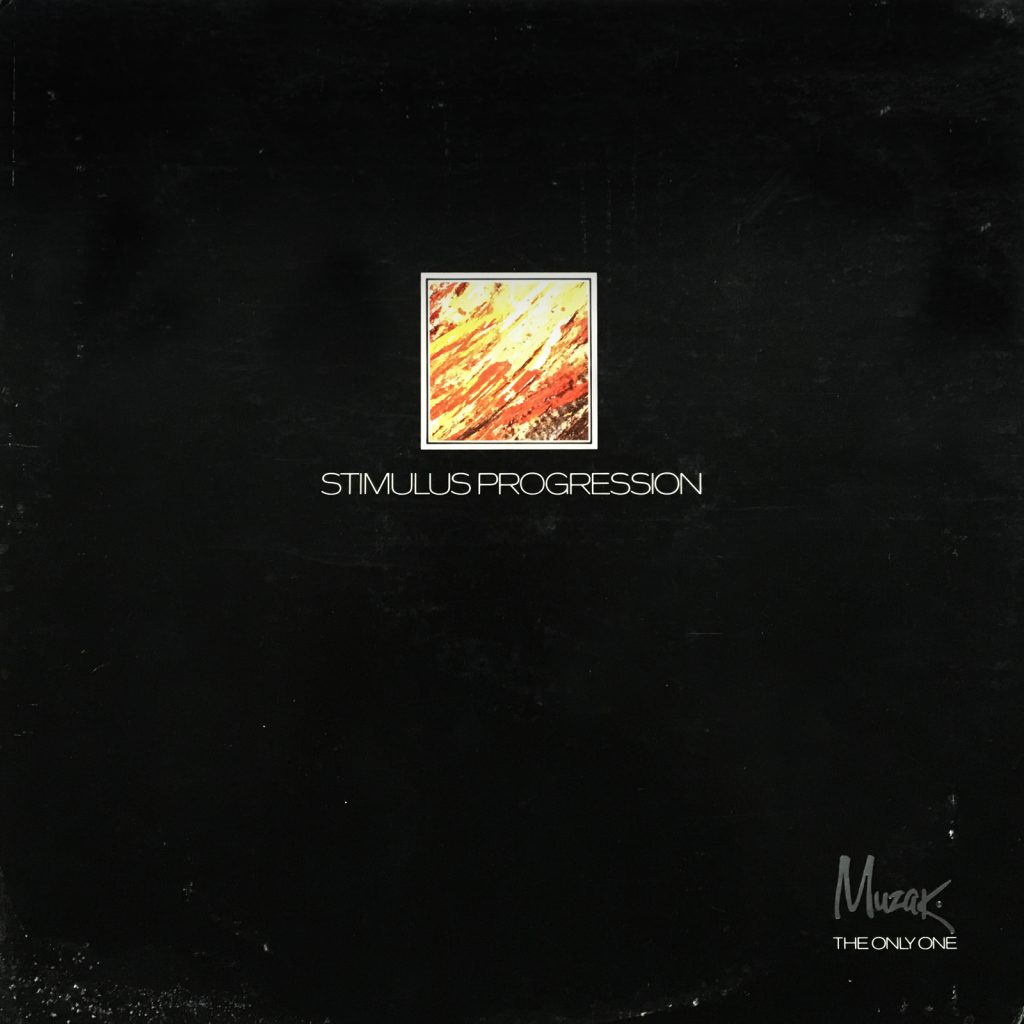 The Only One
The Only One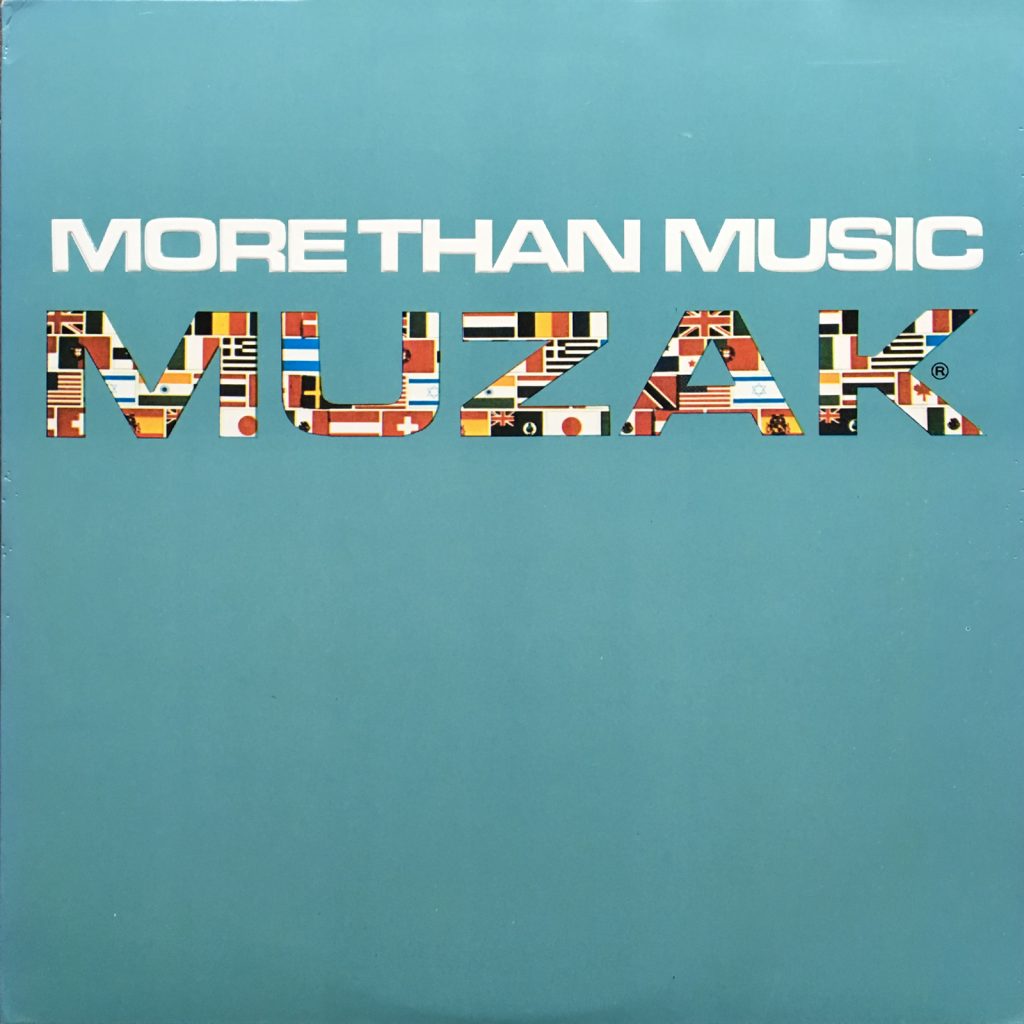 More Than Music
More Than Music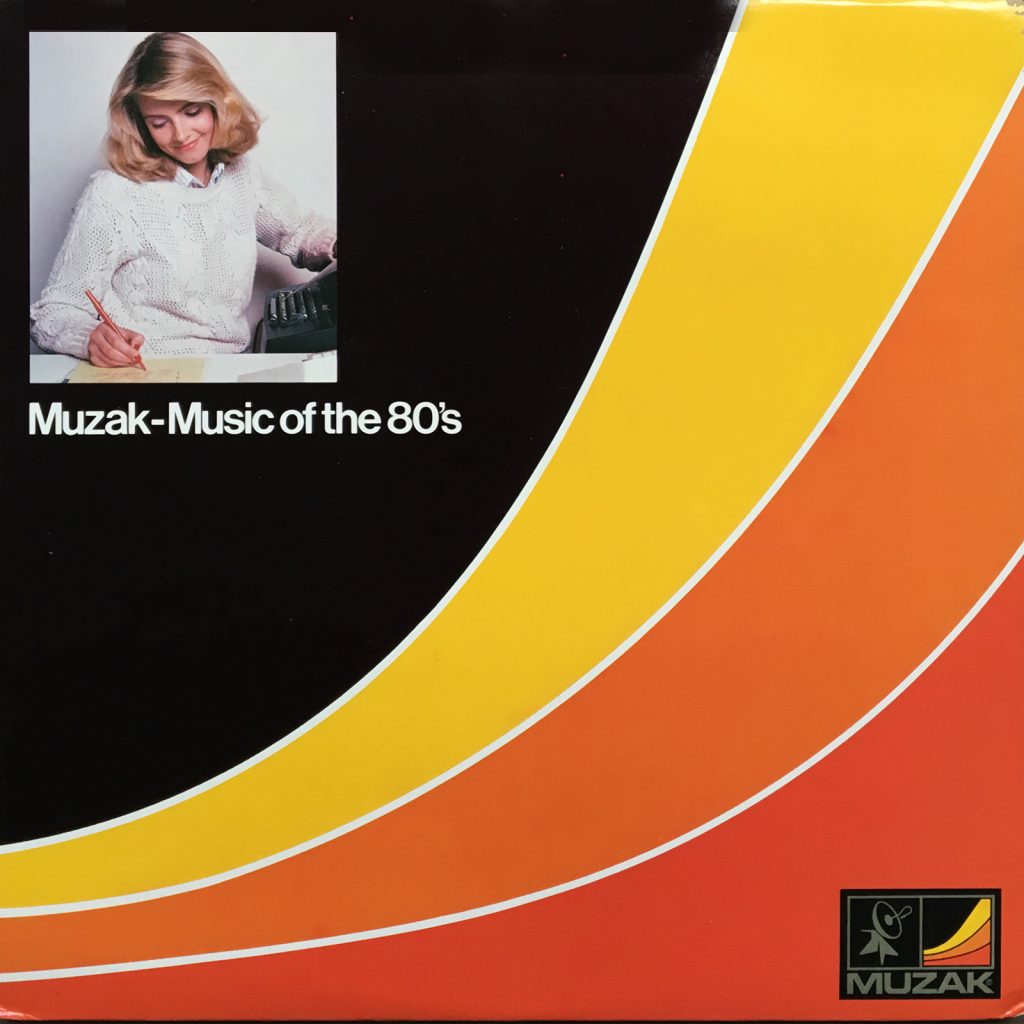 Muzak-Music Of The 80’s
Muzak-Music Of The 80’s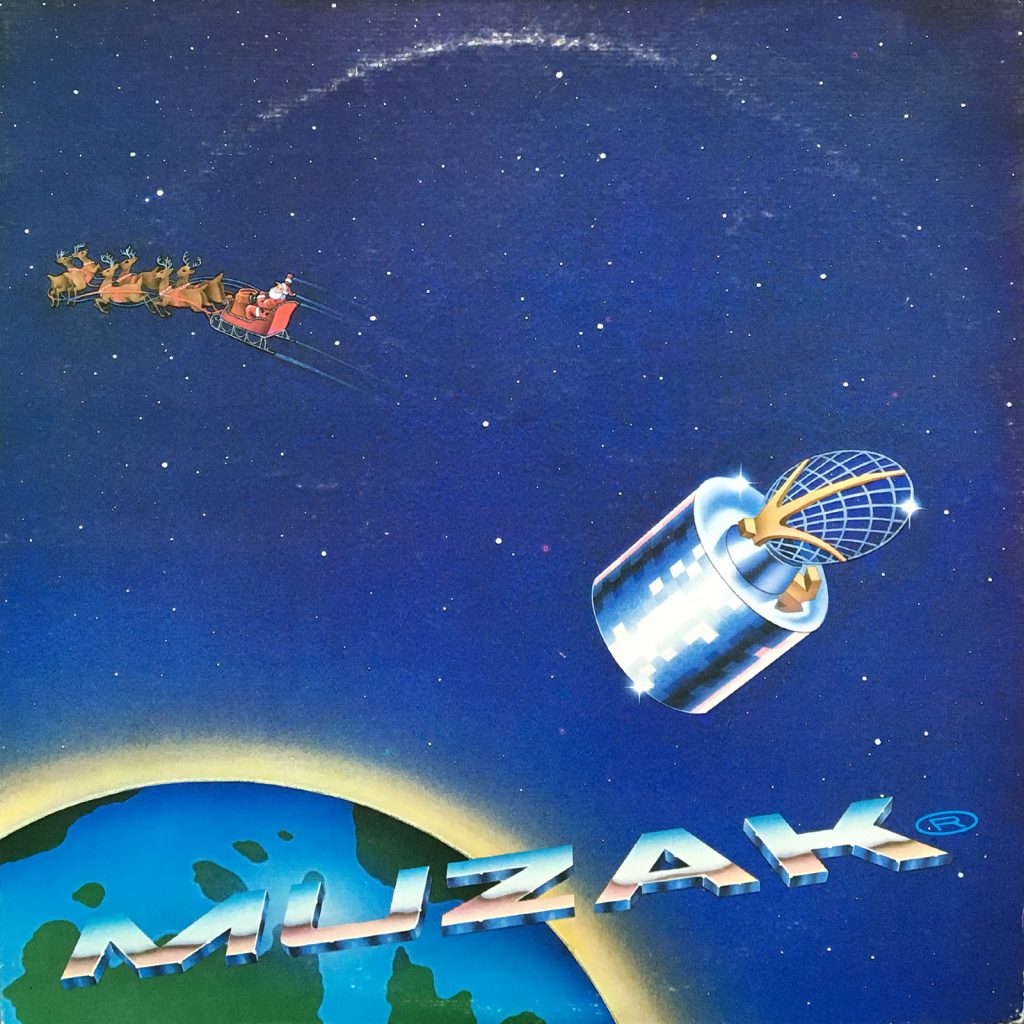 Muzak Christmas
Muzak Christmas Muzak Means Caring For People
Muzak Means Caring For People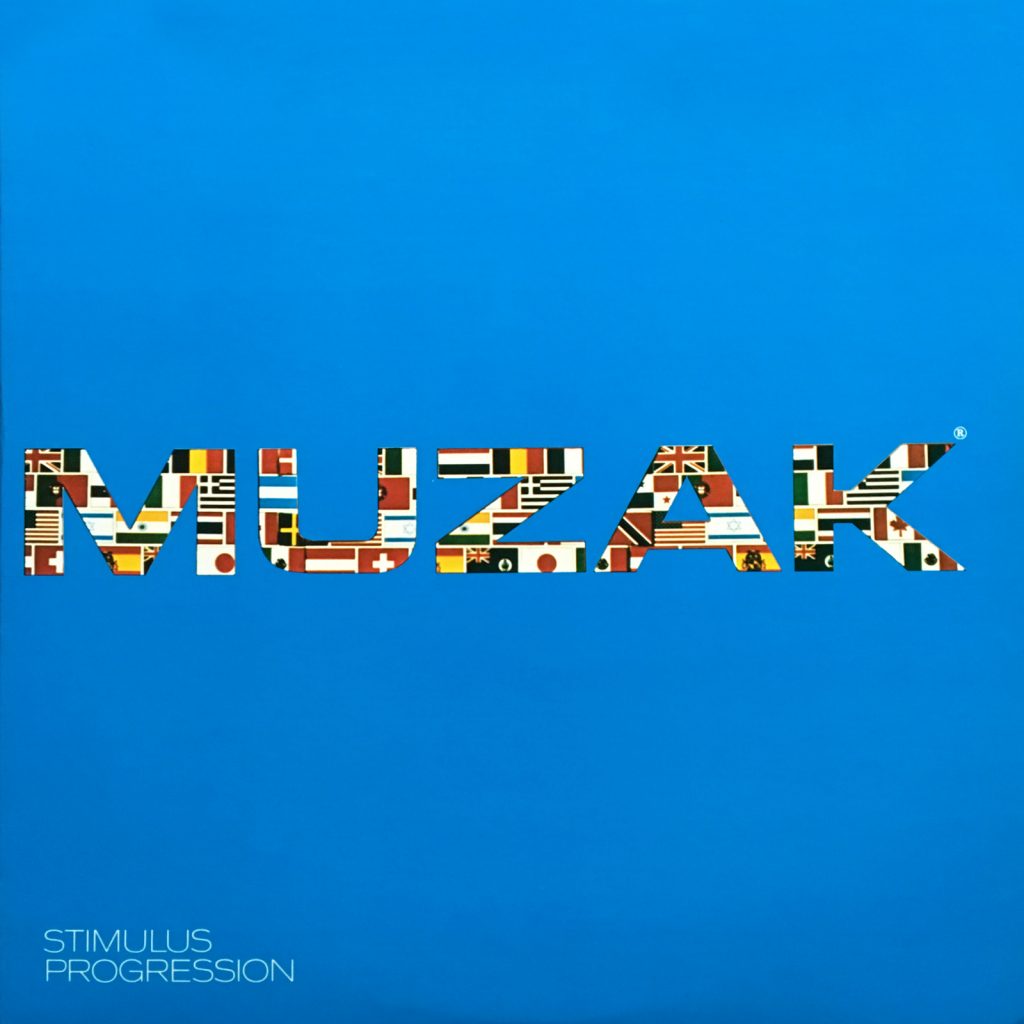 Stimulus Progression Blue
Stimulus Progression Blue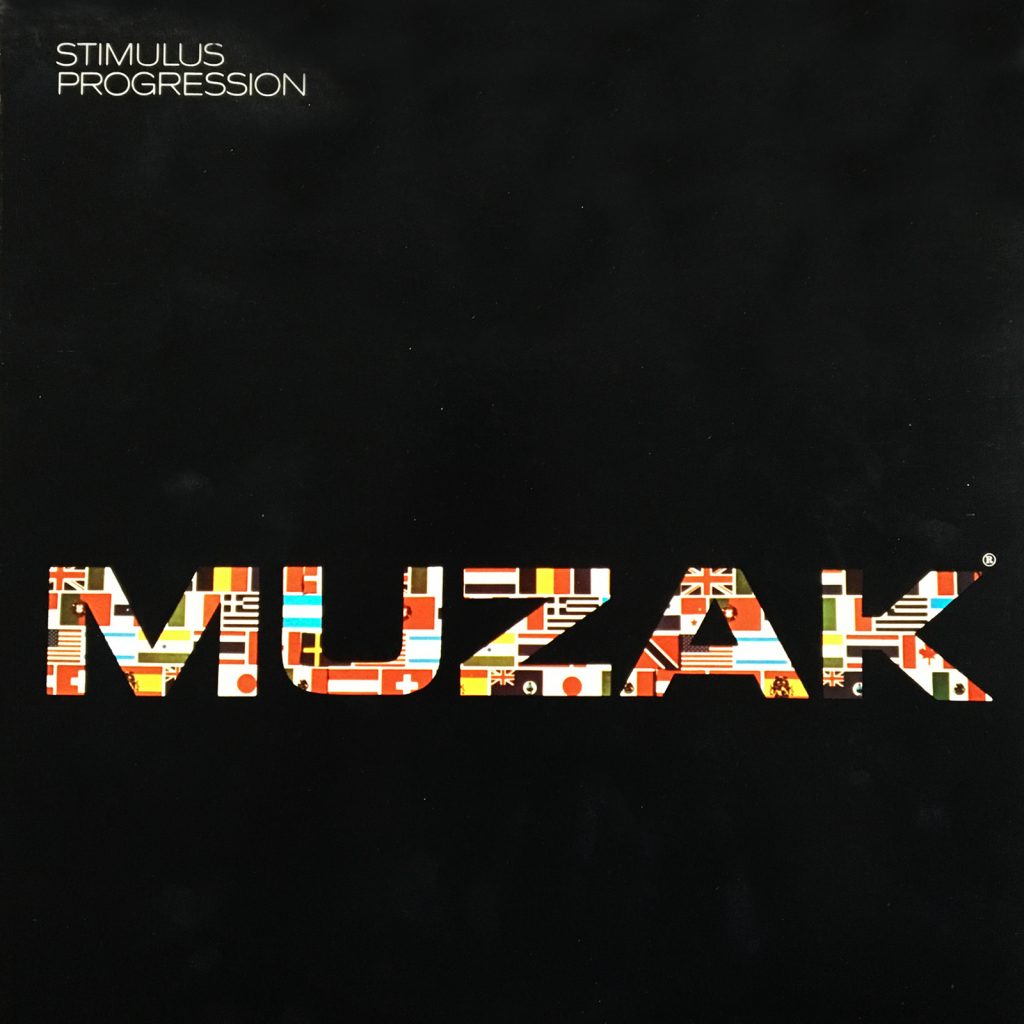 Stimulus Progression Black
Stimulus Progression Black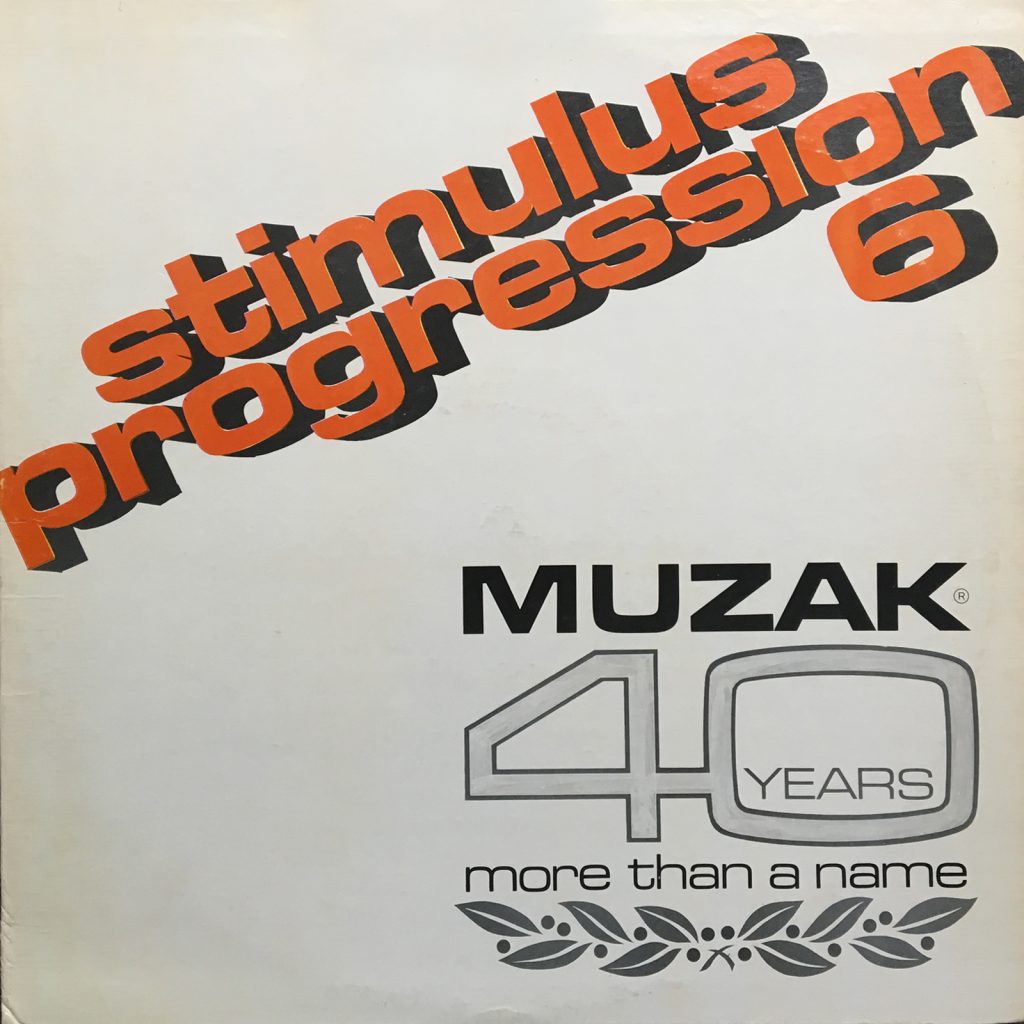 Stimulus Progression 6
Stimulus Progression 6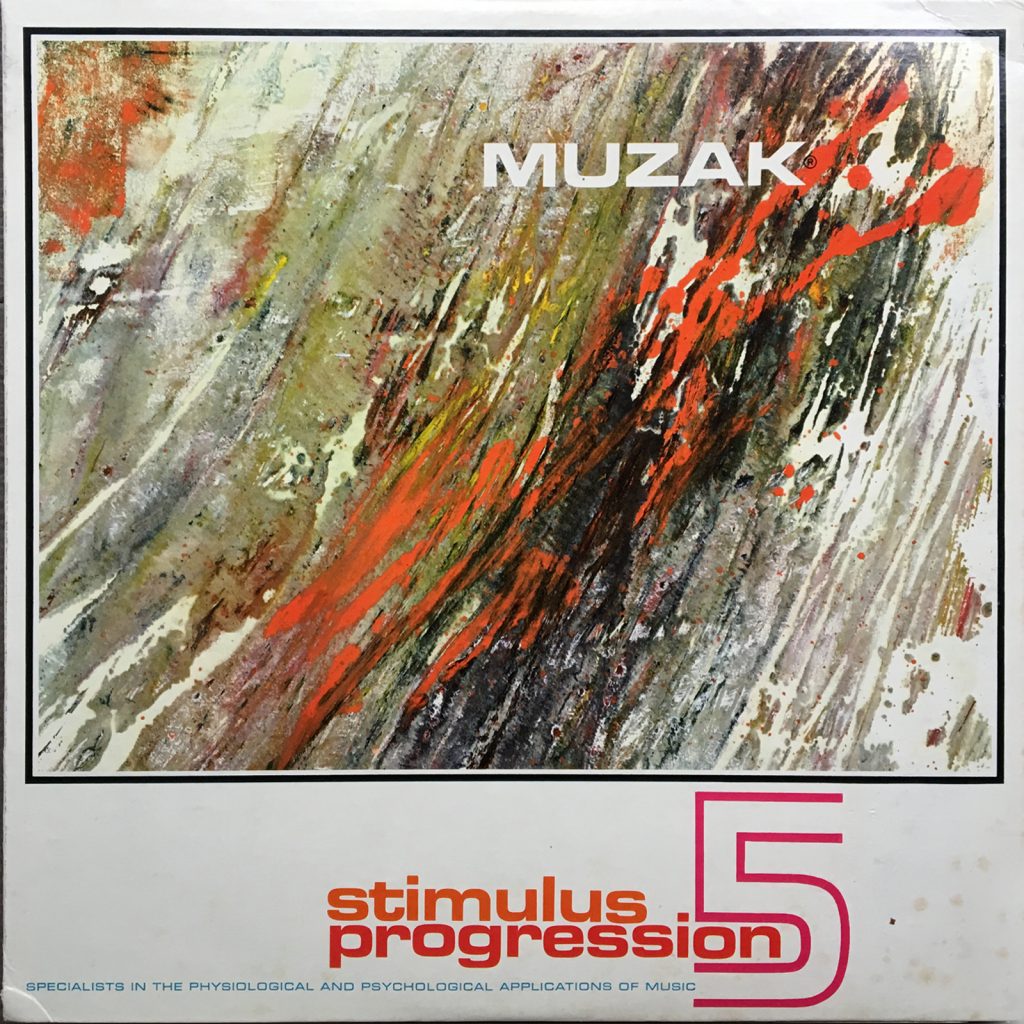 Stimulus Progression 5
Stimulus Progression 5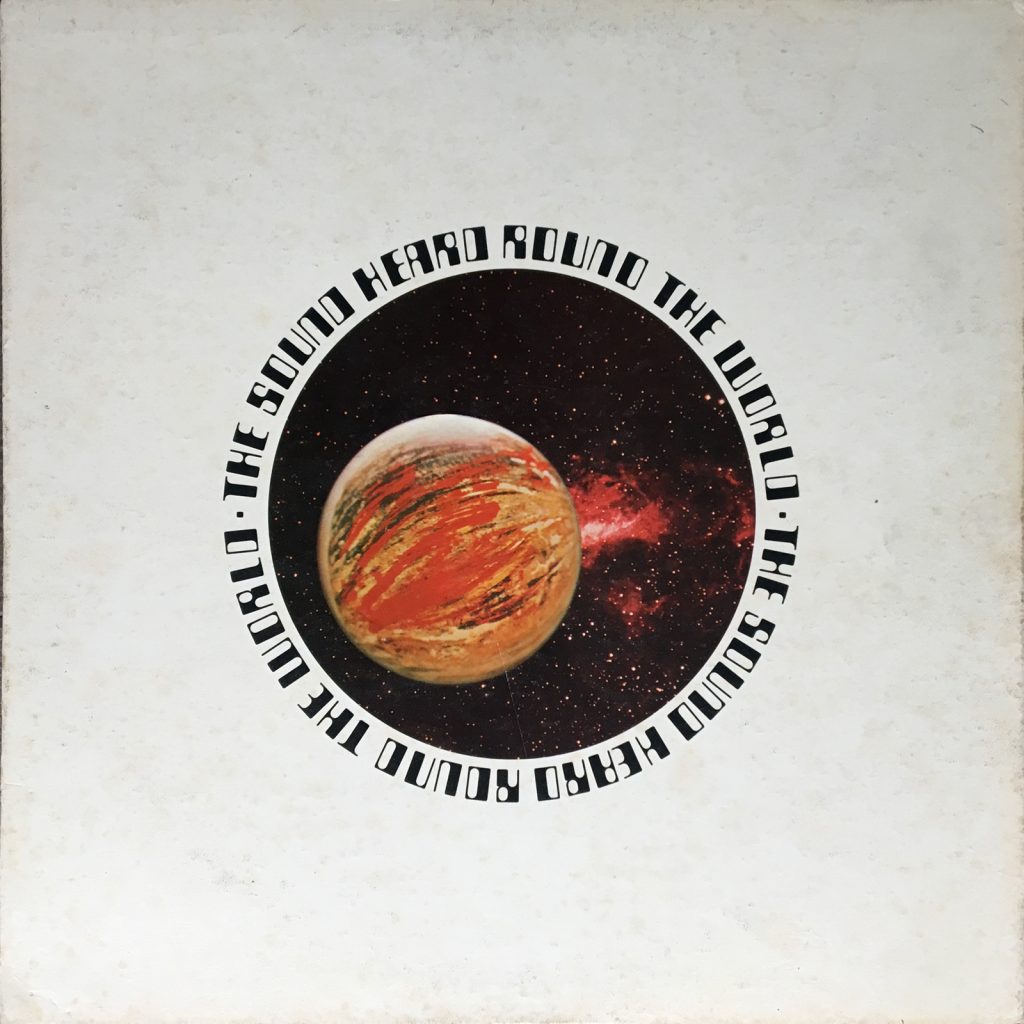 The Sound Heard Round The World: Stimulus Progression Number Four
The Sound Heard Round The World: Stimulus Progression Number Four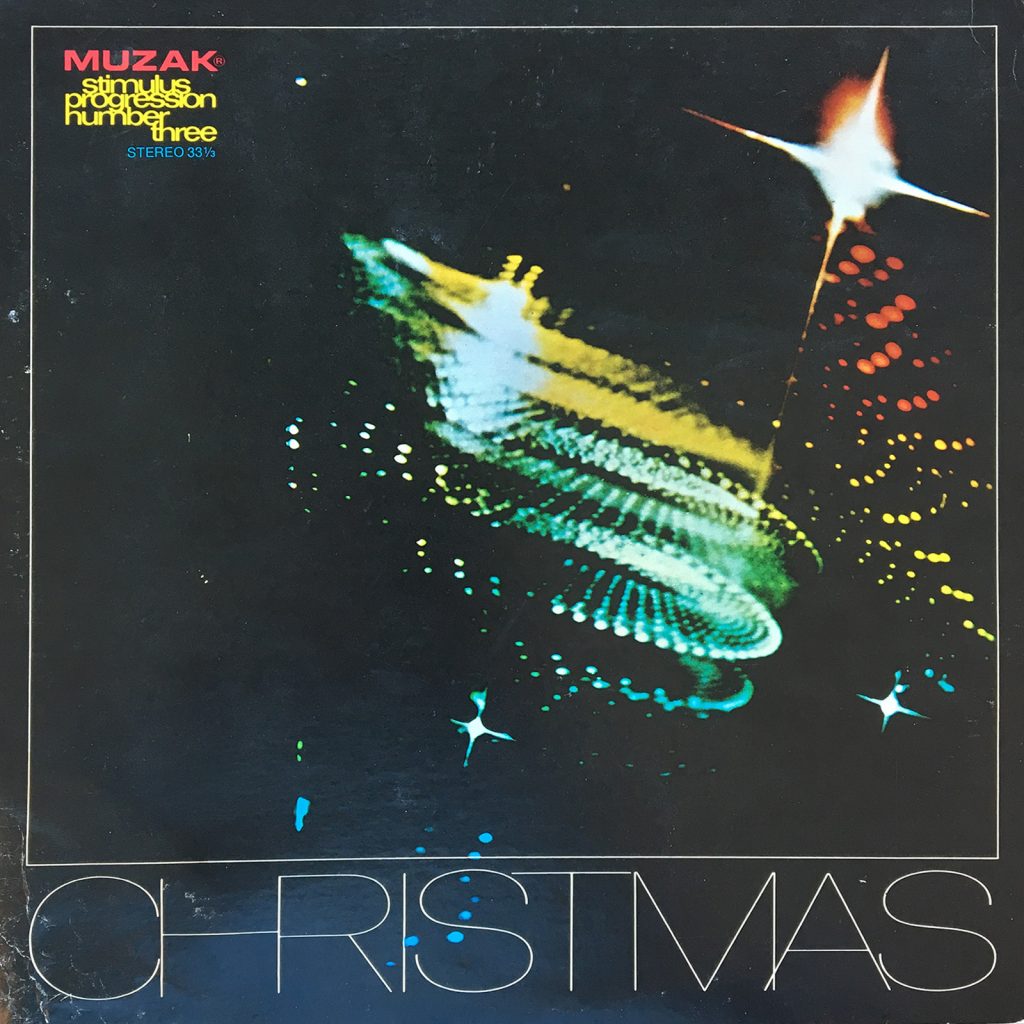 Number Three – Christmas
Number Three – Christmas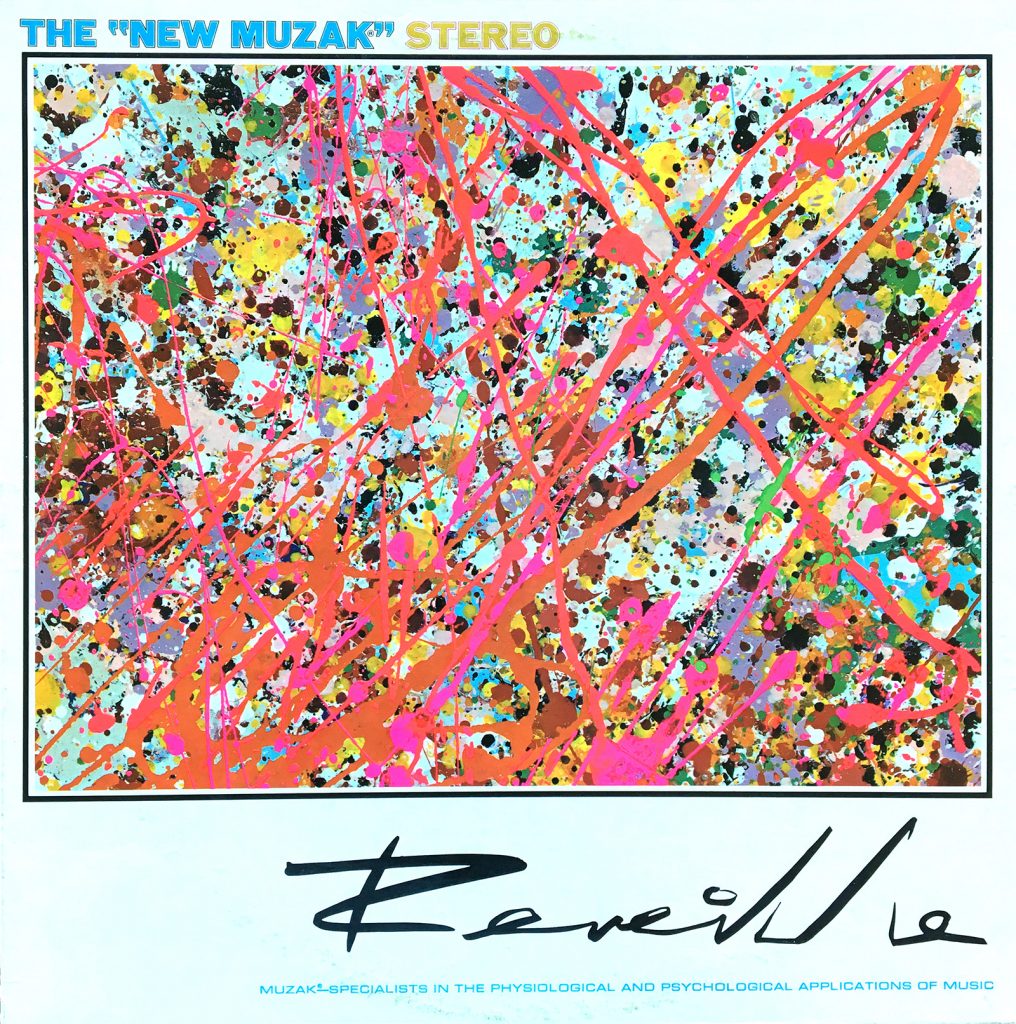 The New Muzak – Reveille – 1969
The New Muzak – Reveille – 1969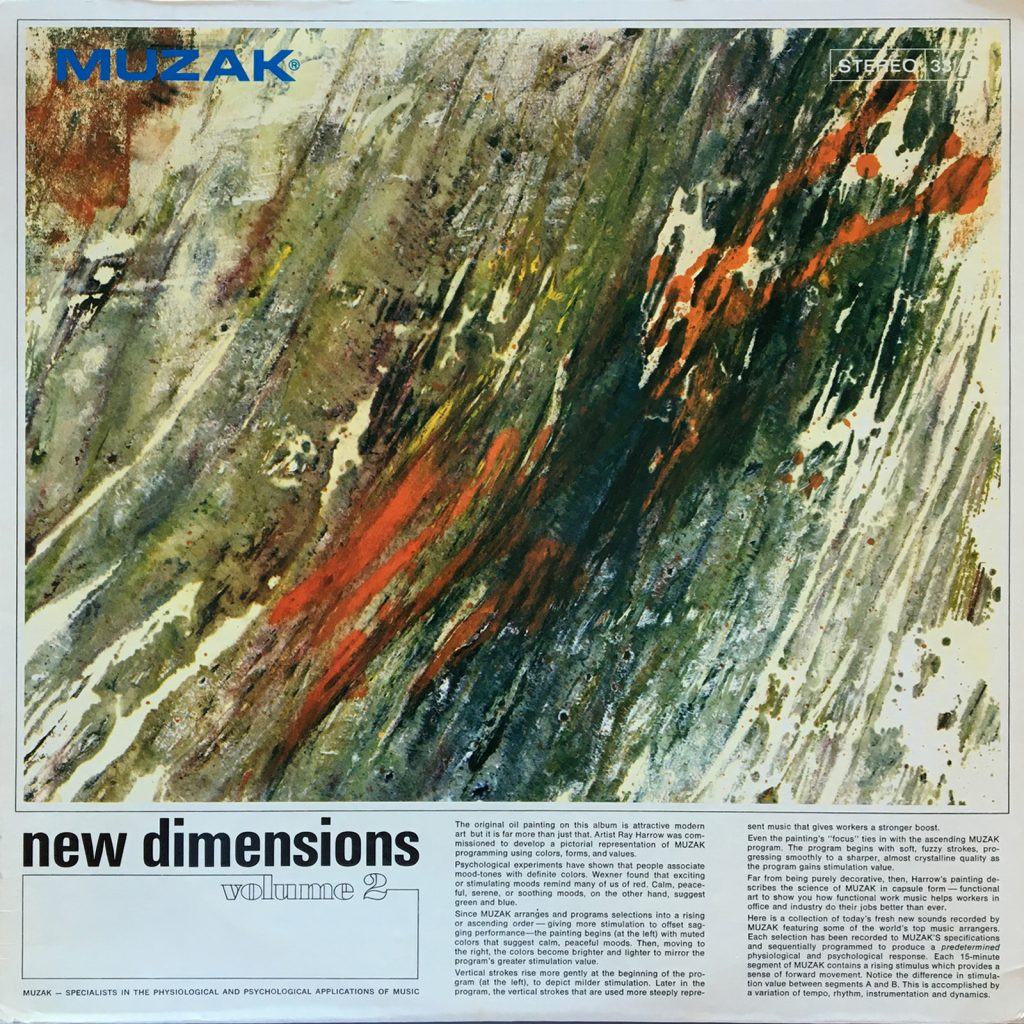 New Dimensions Volume 2 – 1969
New Dimensions Volume 2 – 1969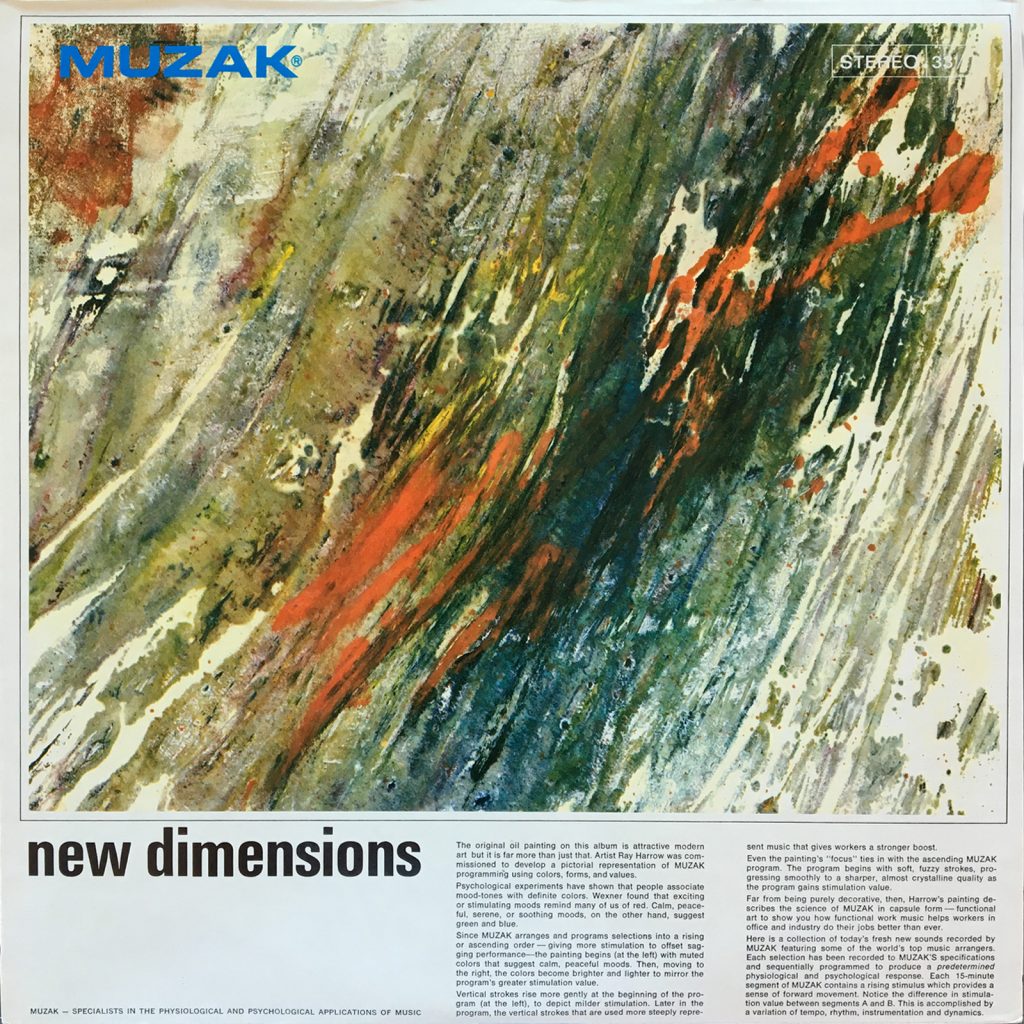 New Dimensions Volume 1 – 1968
New Dimensions Volume 1 – 1968